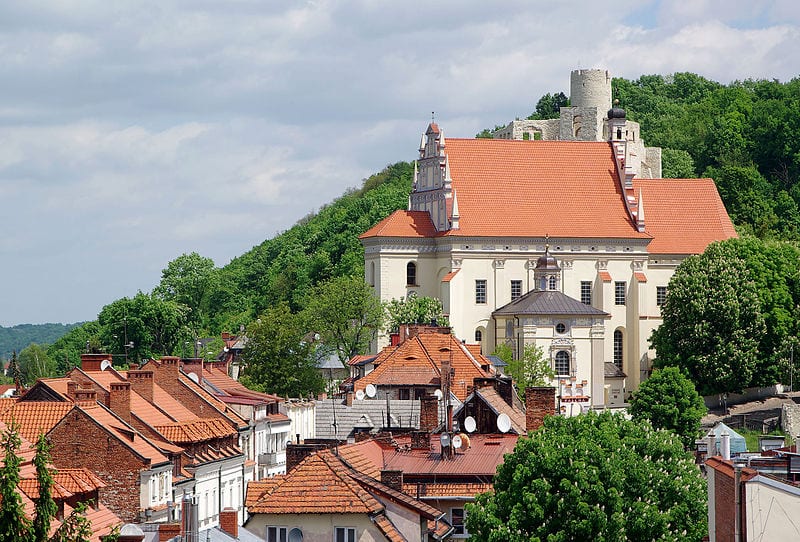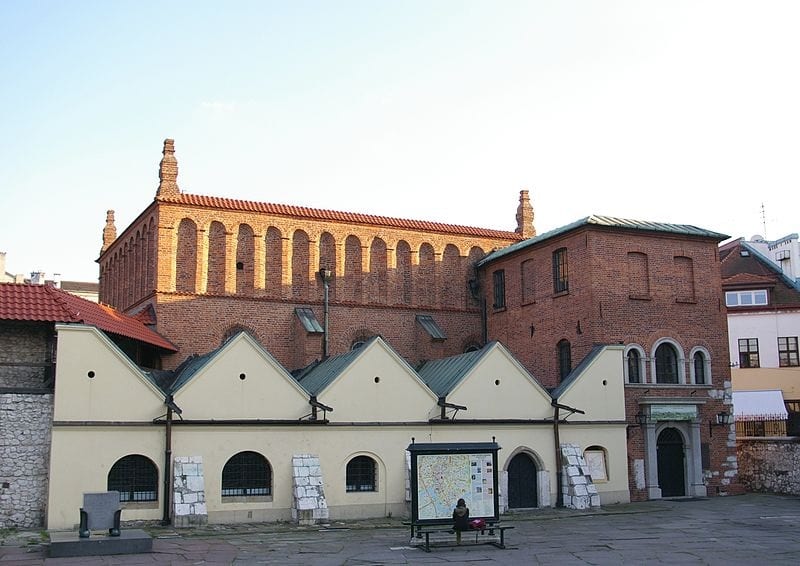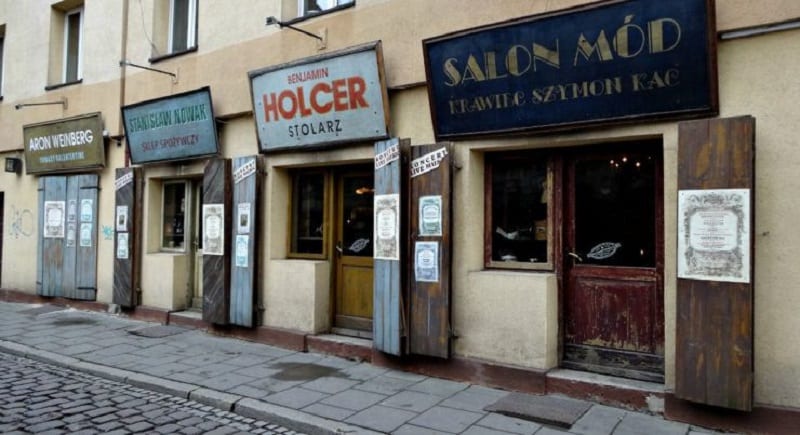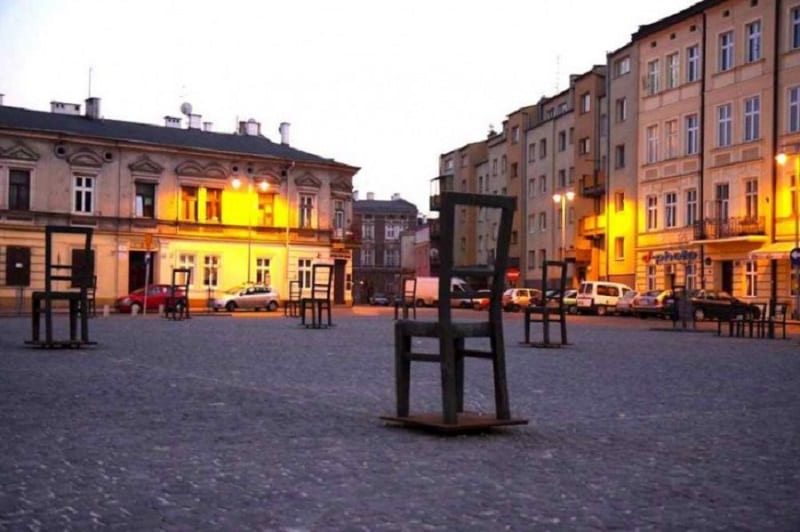
Image | Wikipedia
One of the most interesting areas of Krakow is its Jewish quarter, also known as Kazimierz, it was founded in the XNUMXth century by King Casimir III as a separate city but over the years it ended up being part of the historical center of the city. What can we see inside the Jewish quarter? We will tell you after the jump!
Brief history of Kazimierz
The Jewish community lived in the Kazimierz from its foundation until its inhabitants were forcibly transferred to the Krakow ghetto during World War II., in another part of the city (known as Podgorze), until they were deported to the concentration camps near the city.
At the end of the war, Kazimierz was left in a devastating state and it was not until the 90s with the filming of the film Schindler's List that the rehabilitation work began that managed to give it a modern look. At present, the Jewish quarter of Krakow is one of the most popular both to reside and to go out to dinner or partying. It is an area with a lot of atmosphere, especially among students.
In addition, the Kazimierz has recovered its essence as it is becoming easier to find here businesses related to Jewish culture like kosher restaurants, klezmer concerts or art galleries, among many others. Even every summer a Festival of Hebrew Culture is organized.
What to see in Kazimierz?

Image | Wikipedia
The most important places to see in the Jewish quarter of Krakow are the Galicia Jewish Museum, its synagogues, the Ethnographic Museum, the Urban Engineering Museum and the new square, a meeting place for students.
After touring Kazimierz, the best option is to cross the river to visit Podgorze, the former Jewish ghetto. You can do it by the Bernatek bridge that, built in 2010, has become the most famous in the city.
- The Old Synagogue is the oldest in Poland. It was built alongside the first houses in the Jewish quarter during the Middle Ages. It is not currently active but houses a museum dedicated to Jewish culture.
- Remuh Synagogue is the only one that still offers liturgy in Krakow. Next to it you can see a Hebrew cemetery. Both places are in the epicenter of Kazimierz: Wolnica Square.

Image | AB Poland
- The Isaac, Tempel and Kupah synagogues are not open to worship either, but they can be visited as they offer temporary exhibitions.
- The Ethnographic Museum is located in the old town hall.
- You cannot miss the Church of Santa Caterina, in the Gothic style, or that of San Estanislao, in the Baroque style.
- The Galicia Jewish Museum is dedicated to Polish Jewish culture and has a vast photographic exhibition in homage to the victims of the Holocaust in World War II.
Podgorze

Image | Magiczny Kraków
During the years of Nazi occupation, Podgorze was the Jewish ghetto of Krakow. It is not one of the most visited places in the city, but a walk through its streets allows us to see the remains of the ghetto wall, which can be found at Lwowska 25 and Limanowskiego 62.
Another essential place is Bohaterów Square, the space where the Jews who were to be transported to the concentration camp were selected. In this square is the monument of the chairs, a tribute by Roman Polanski to the Jews who were forced to leave their homes with their things in tow. In the same square is the Farmacia del Águila, the only pharmacy in the ghetto during the occupation and the hideout of many families.
Next to the former Podgorze ghetto is Oskar Schindler's factory, created to use cheap ghetto labor and which ended up saving the lives of hundreds of people.